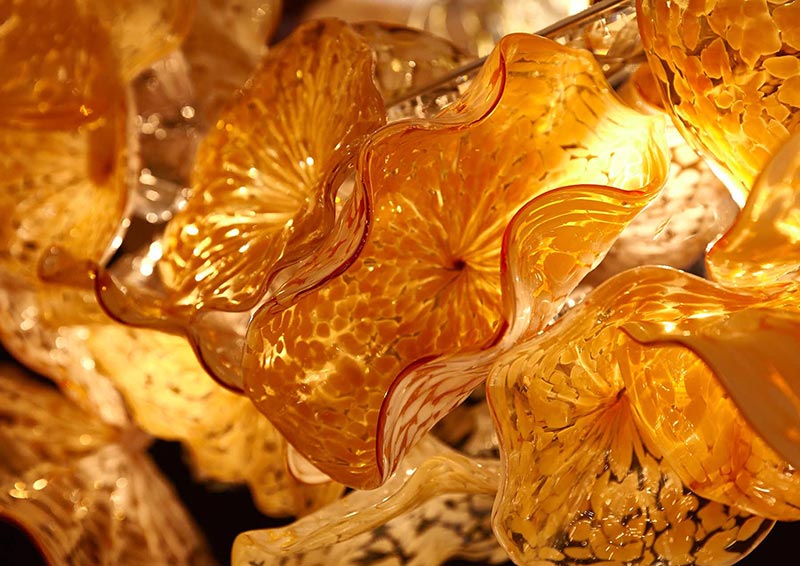Last Updated on February 28, 2020 by Gino Borghese
Where would we be without lighting? It is one of life’s great necessities, but it wasn’t always this way and used to be quite a luxury. It all started some 400,000 years BC when humans first discovered we could light fires. However it happened, whether by accident or clever observation, most human development has stemmed from that discovery. It’s quite a journey from the first flames man ever made to the stunning crystal chandelier designs we see today.
Man’s first lighting came in the form of branches tied together and lit using a flammable liquid. The first primitive torches first appeared around 70,000 BC and consisted of shells or stones containing animal fats and moss. The Ancient Greeks would make torches from clay on a pottery wheel, enabling the first mass production of such items. Candles first appeared in China around 200 BC that were made of the fat from whales with rice paper wicks.
Torches and candles lit the way for mankind for many thousands of years until electricity appeared on the scene. Oil lamps remained unchanged until the 18th century when a Swiss chemist made the ‘Argand lamp’ vastly improving the existing oil lamp design. It supplied more light and was much safer. Then in 1846, a geologist distilled kerosene from coal and discovered that it burns with a brighter flame than oil. Many kerosene lamps were used from that point on Europe and the US.In England, an inventor called William Murdoch distilled gas from coal and lit his home using the method. From 1807, London got its first gas lanterns, lit and extinguished by hand every morning and night. Everything was to change with the advent of electricity.
The very first example of an incandescent lamp was made by Sir Humphry Davy who performed an experiment with a strip of platinum and a battery. Many scientists and inventors attempted to improve on this experiment and it was Sir Joseph Swann and Thomas Edison who succeeded using a vacuum and carbon filament. Electric lighting was born.
It took many years of trying and failing to create the first durable and commercially viable lightbulb. Attempts were made across the world by scientists and inventors including James Bowman Lindsay in 1835, John Wellington Starr in 1845 and Alexander Lyodigin in 1874. Thomas Edison’s first real success came in 1879 using a carbon filament. The bulb lasted for 13 hours. After experimenting with many different materials, he found that carbonised bamboo lasted for over 1000 hours. In 1904 tungsten was used for the first time by other scientists and it was found to shine brighter and last even longer.
Today, the focus is on LED bulbs to light the future. They have many benefits such as greater efficiency, longer lasting, more directional and non-heat emitting. A good quality LED bulb can last for 25,000 hours or longer which is 25 times longer than a traditional light bulb. As they emit such negligible levels of heat, none of that energy is wasted, making them incredibly efficient. They are easy to maintain, highly resistant to breaking and compact in size making them the perfect choice for many lighting fixtures in our homes today.
